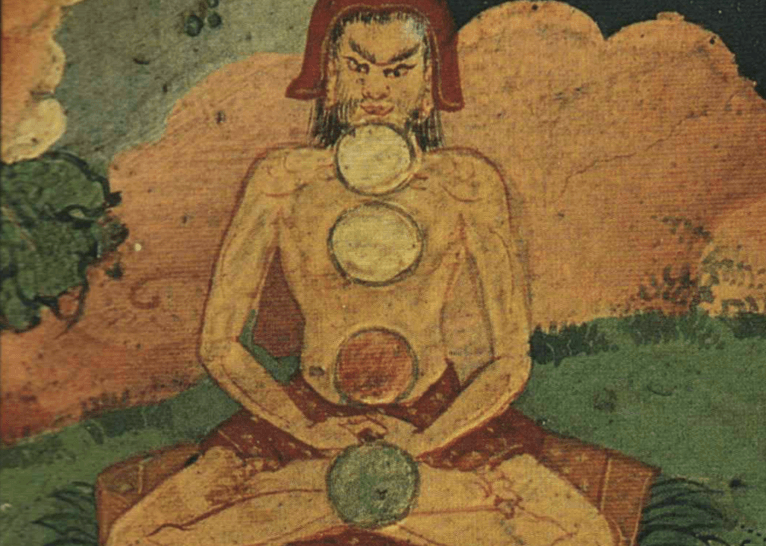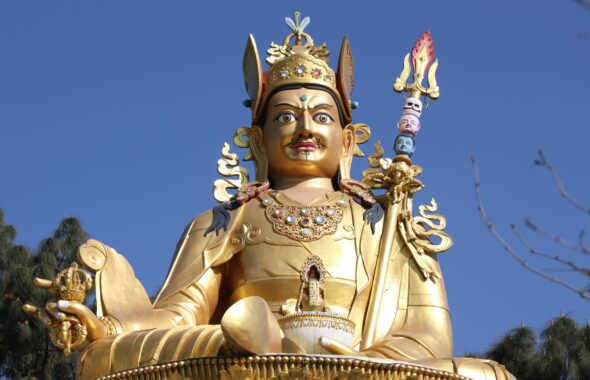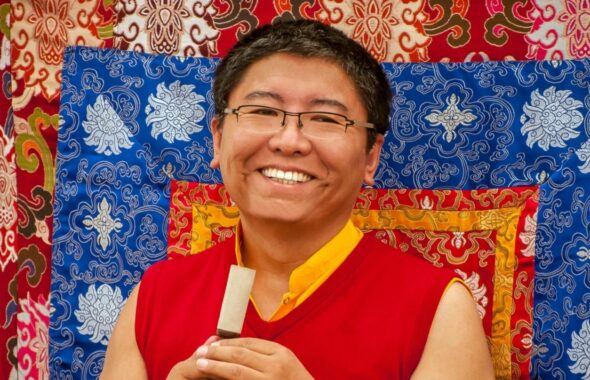How to get started with Dzogchen meditation
An introduction to Tsoknyi Rinpoche's approach to meditation

When receiving teachings, it’s crucial to have a pure and open-minded attitude, setting aside preconceived notions and biases. Dzogchen, or the Great Perfection, is a Tibetan Buddhist tradition that teaches us to be completely free from delusion and to recognise our innate nature. To fully understand Dzogchen, one must dedicate time and effort in finding a qualified teacher and genuinely applying the teachings in their life.

Dzogchen is not about validating our existing beliefs or collecting information, but about achieving complete liberation from the cage of our disturbing emotions and dualistic thinking. We should avoid fooling ourselves or being satisfied with superficial achievements. The teachings, belonging to the Vajrayana tradition, emphasise that all conditioned phenomena are perfect and complete, dissolving into the unconditioned basic space.
Although categories such as ground, path, and fruition, or view, meditation, and conduct, do not exist as separate entities within the Great Perfection itself, they can be helpful for those who haven’t yet realised the view. Ground refers to our basic nature or the natural state, while path represents the confusion arising from not recognising our basic state. Fruition is the attainment of a pure mind, free of conceptual thoughts and time.

To clear confusion, we must engage in view, meditation, and conduct, which gradually uncover our basic state. By sincerely applying these teachings, we can achieve true understanding and liberation.
To practice Dzogchen, it is essential to receive the pointing-out instructions, which serve as an introduction to the nature of the mind. Rinpoche offers these valuable instructions exclusively during his in-person retreats. It is necessary to receive these before commencing the Dzogchen practice of Trekchö. This is a key Dzogchen practice which involves recognising and experiencing the mind’s true nature. Meditators rest in open awareness, allowing thoughts and emotions to come and go without distraction. The purpose is to experience the mind’s empty, luminous, non-dual nature, ultimately realising the Great Perfection.
Watch the videos below for a glimpse into Rinpoche’s meditation style
Rinpoche’s unique teaching style makes the profound teachings of Dzogchen accessible to everyone. With many years of experience, Rinpoche has crafted his own meditation style to support and enhance his student’s practice. These innovative methods include: Let It Be, Drop Your Backpack, Handshake Practice, Dropping Practice, Gentle Vase technique, among others.
